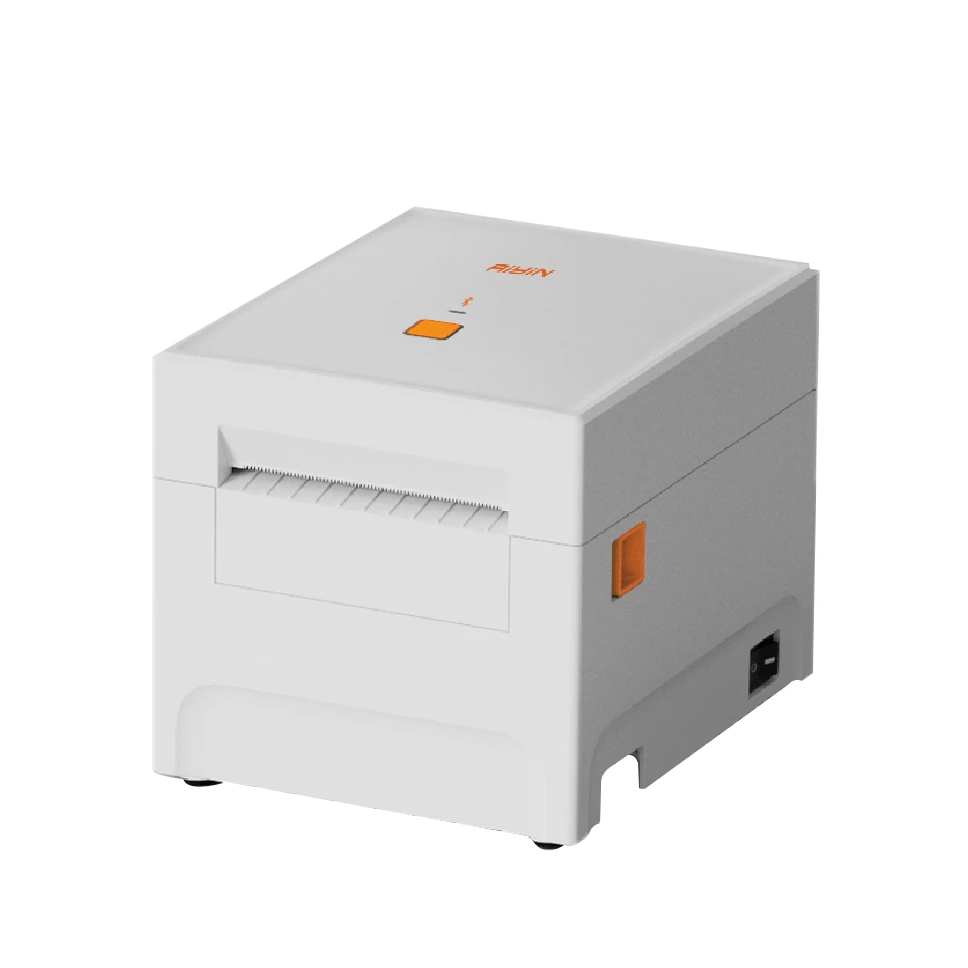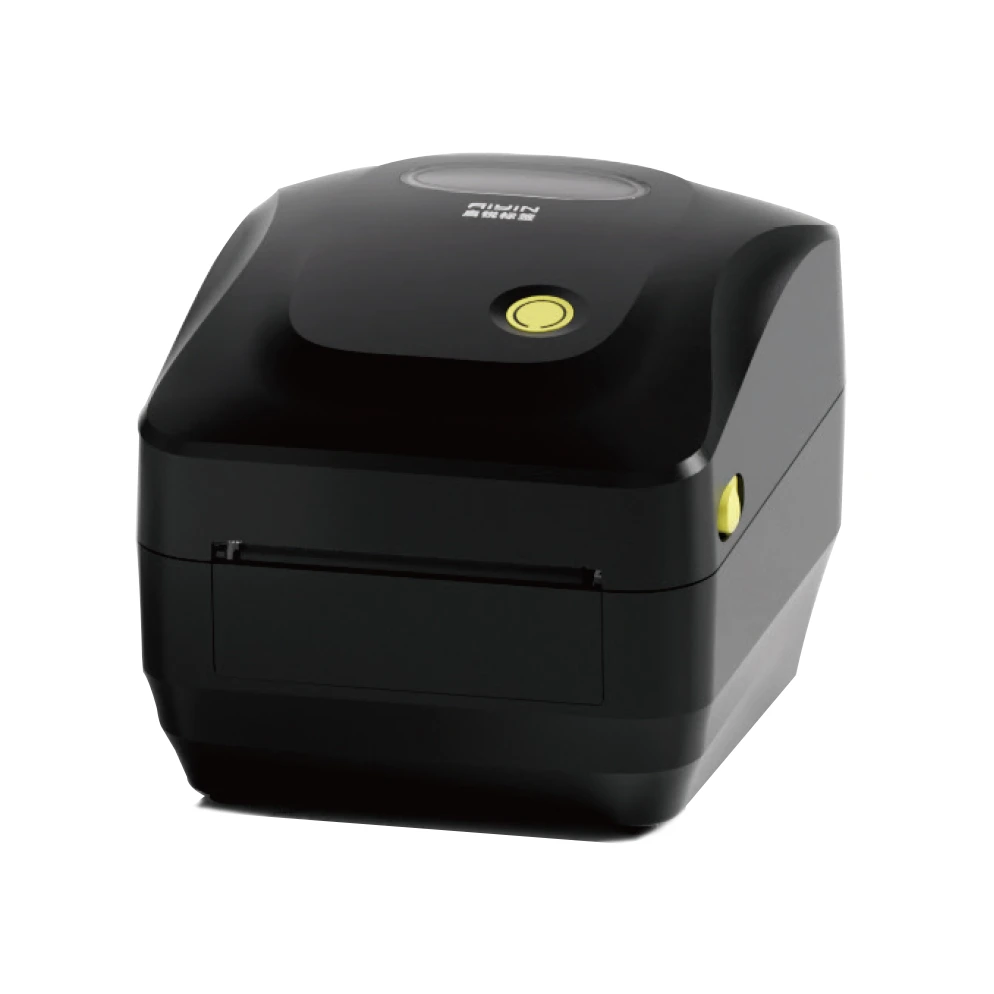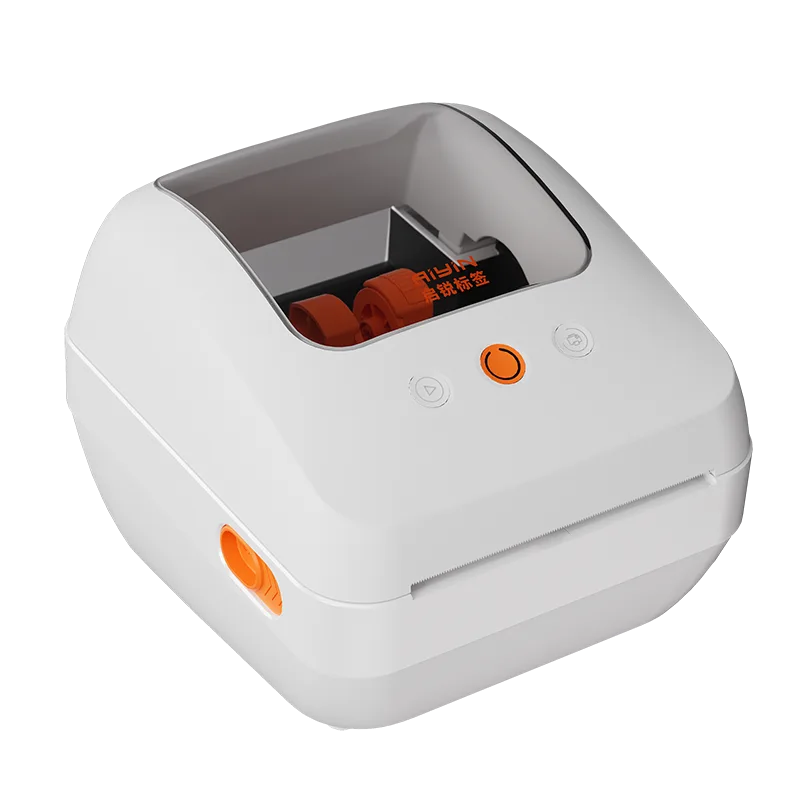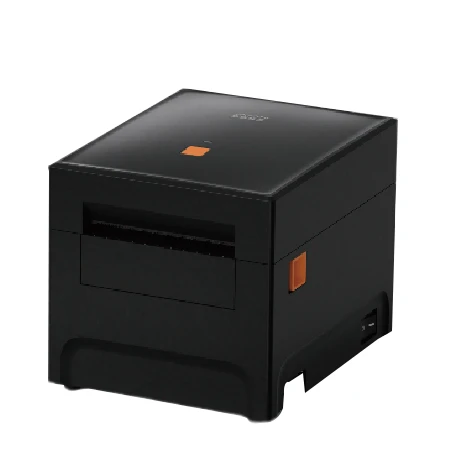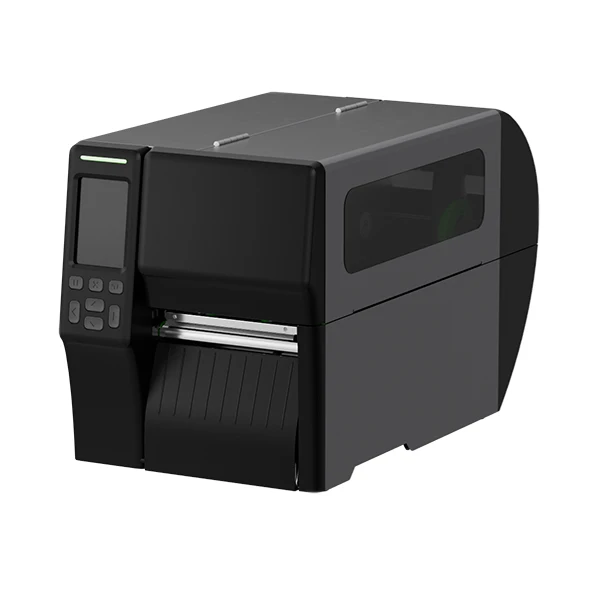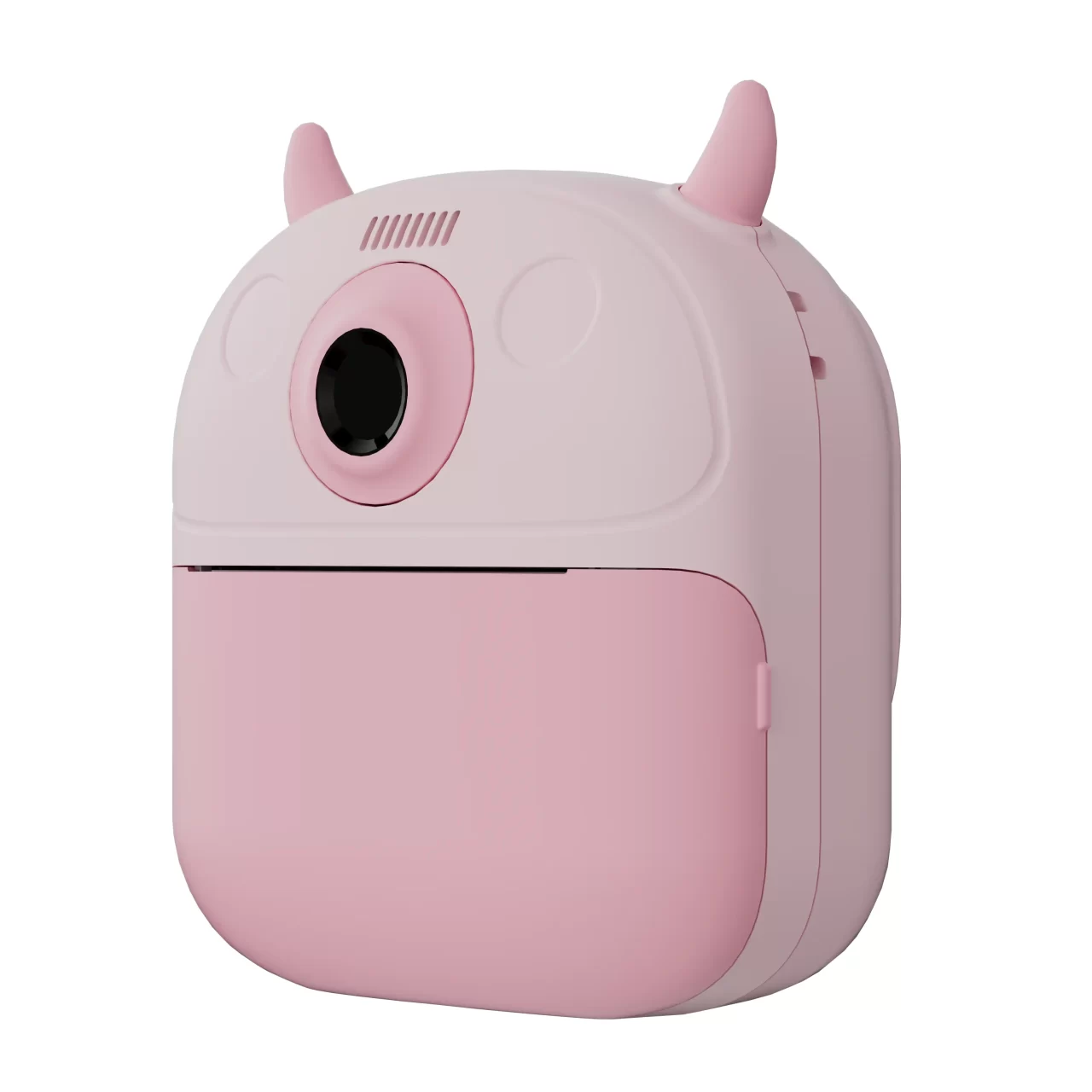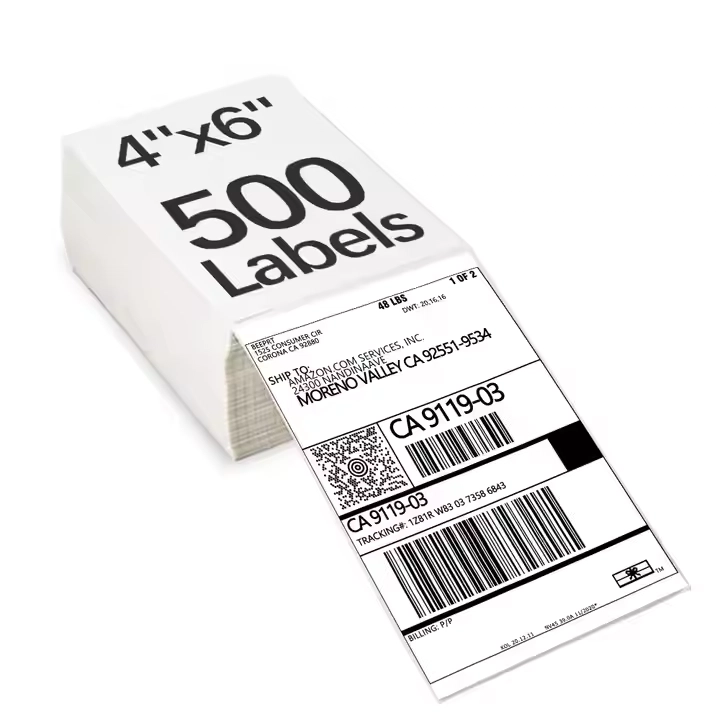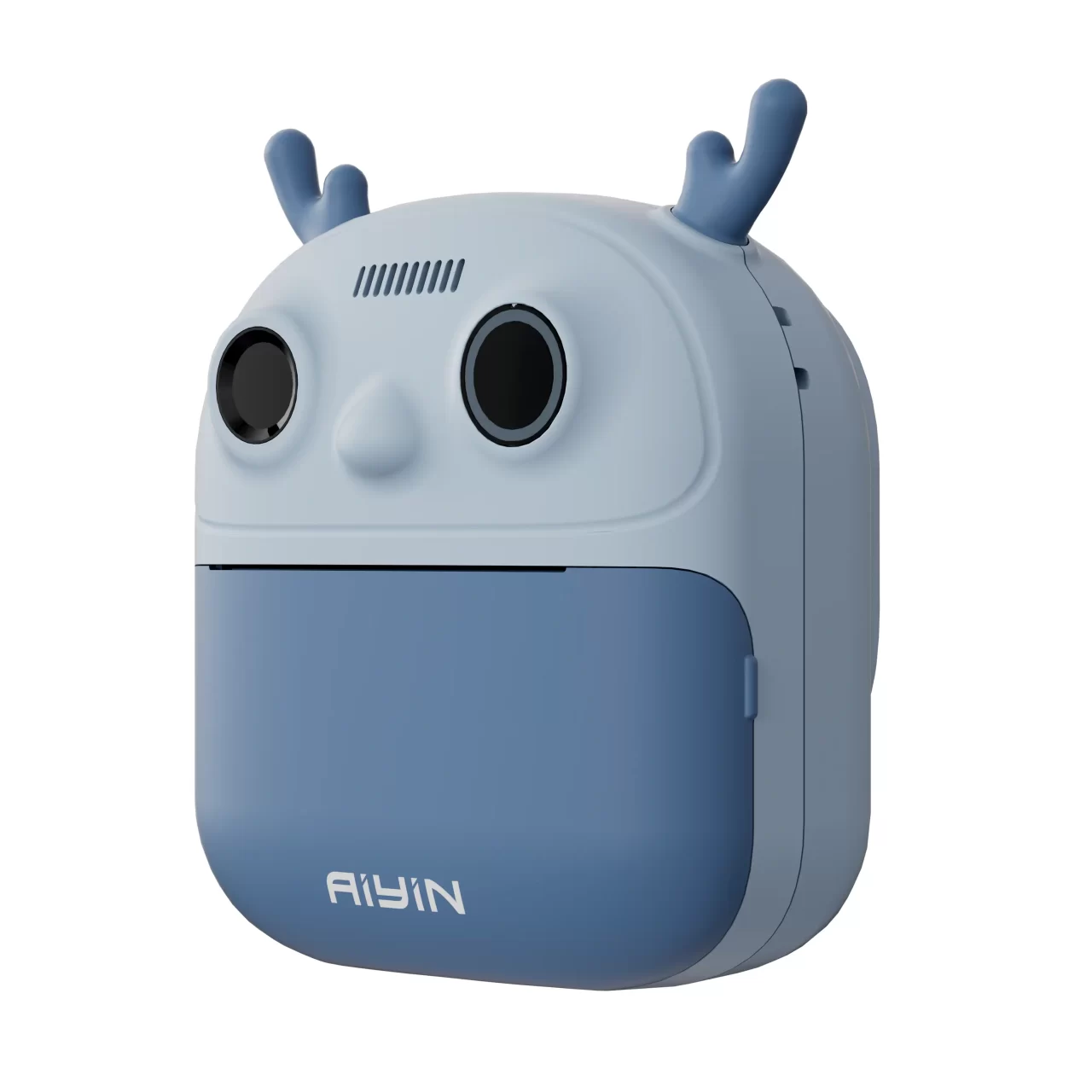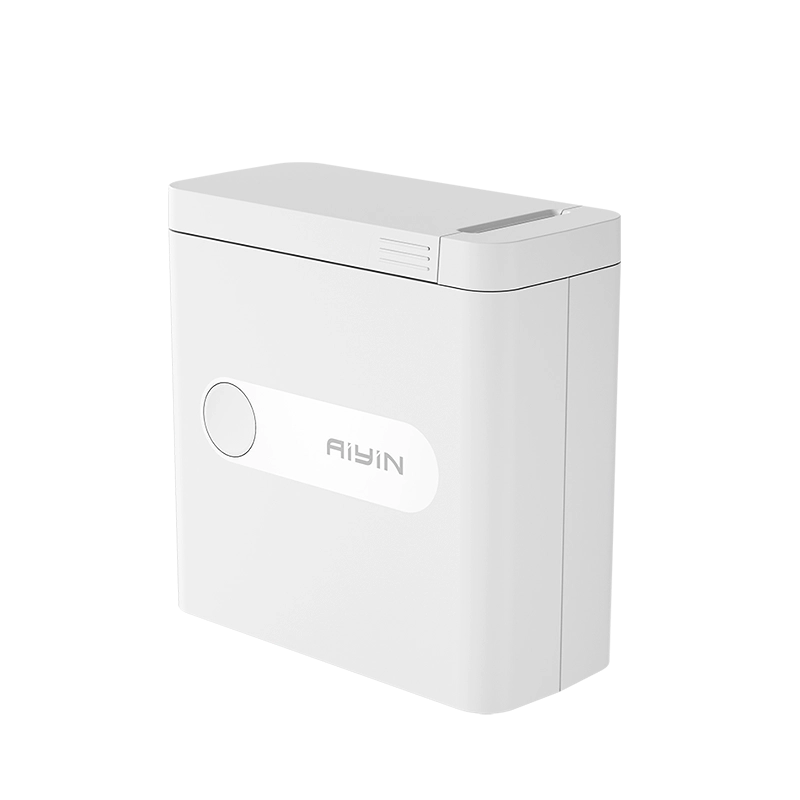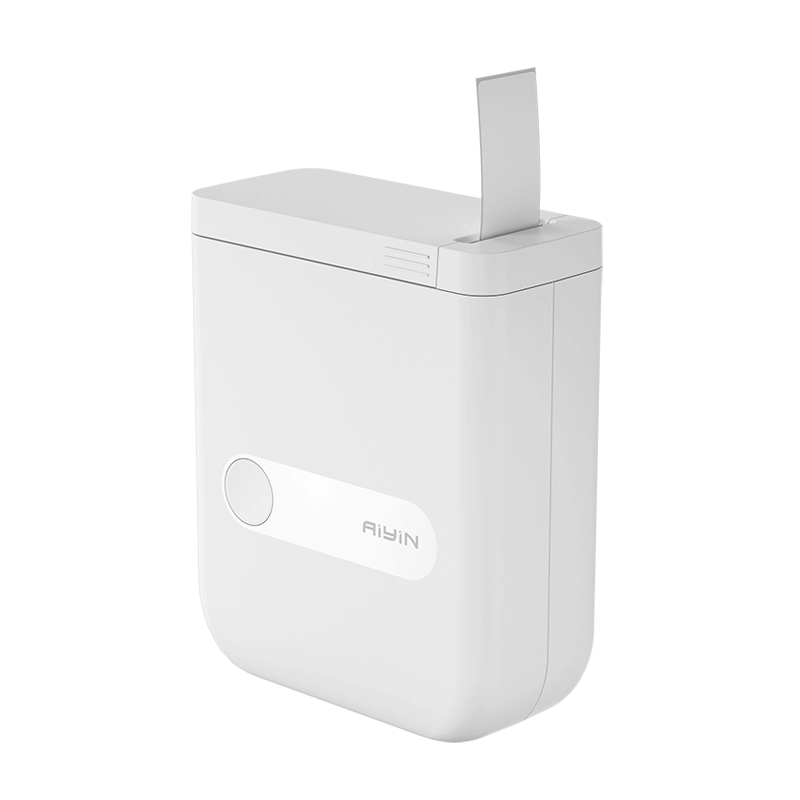Connectivity is critical to the performance and convenience of your printing device. Whether you run a retail store, warehouse logistics management, or food delivery service, choosing the right connectivity solution can significantly improve efficiency and integration.
As a leading thermal printer manufacturer, we will explore the four main types of thermal printer connectivity – USB, Ethernet, Wi-Fi, and Bluetooth – and help you understand which one is best for your business needs.
USB Connectivity: Reliable and Cost-Effective
USB is the most common and traditional connection method for thermal printers. It uses a standard USB cable to connect the printer directly to a computer or POS system.
Advantages
- Strong stability: Wired transmission has strong anti-interference ability, suitable for high-frequency and high-load printing tasks.
- Easy to set up and use: No network environment is required, and deployment is simple and fast.
- Ideal for single-station setups
Limitations
- Limited to short distances (usually less than 5 meters)
- Not ideal for multi-device or network printing
Applicable Scenarios
Small business, personal workstation, or any fixed location printing scenario where the printer is close to a POS or PC. Such as a cash register, a small warehouse, or temporary printing needs.
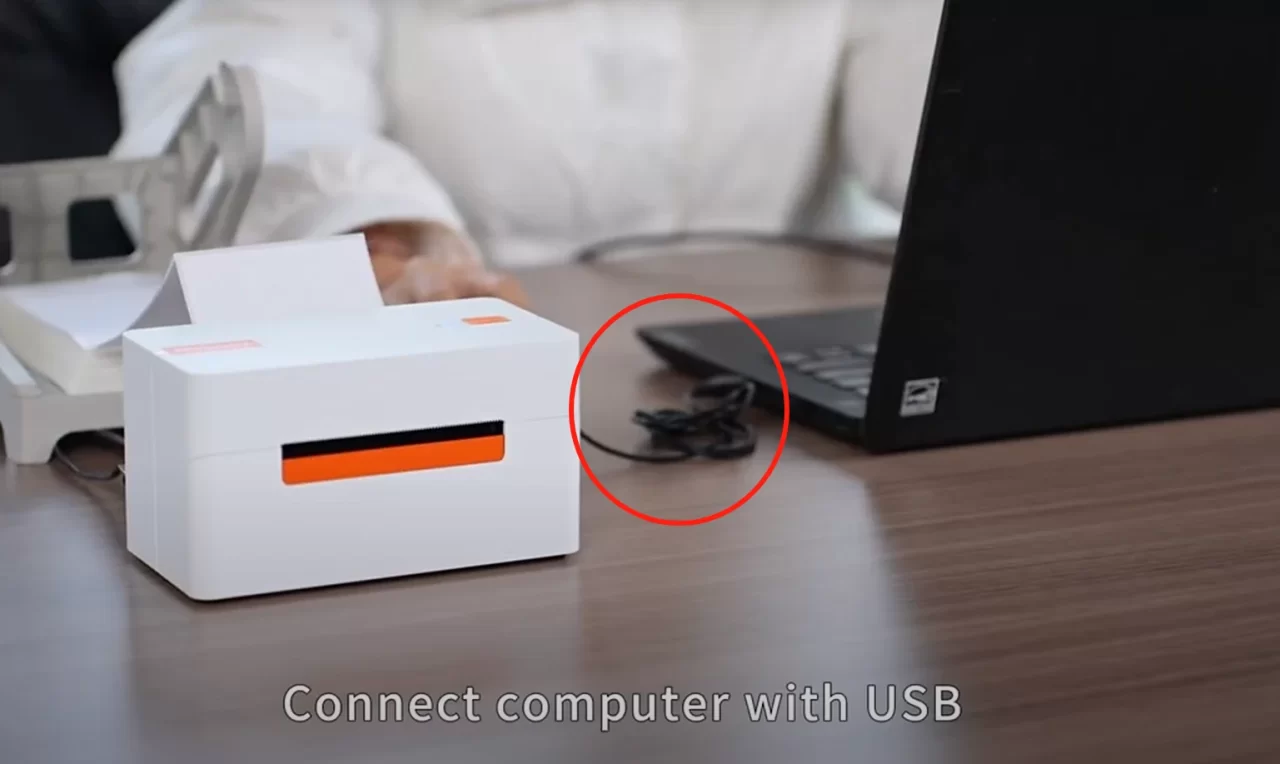
Ethernet Connectivity: Enterprise-level Multi-device Sharing Solution
An Ethernet (LAN) connection allows the thermal printer to be connected to a local network via a wired cable, enabling multiple devices to access the same printer.
Advantages
- Efficient sharing: Suitable for scenarios where multiple users and multiple devices access the network at the same time (such as chain stores or office areas).
- Long-distance transmission: Breaking through the physical limitations of USB, the coverage range can reach more than 100 meters.
- Stable and secure connection: Ethernet transmits data through physical network cables, which is almost unaffected by signal interference or bandwidth fluctuations, and is suitable for high-load scenarios that require 7×24 hours of continuous printing (such as logistics sorting centers, hospital pharmacies).
Limitations
- Need to lay out lines, high initial cost
- Less flexible than wireless solutions
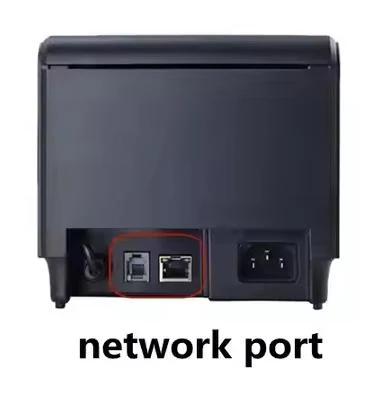
Applicable Scenarios
Ethernet Connectivity is ideal for locations requiring centralized printing, high-speed processing, and secure shared access.
- Retail and chain stores: Cash register systems and electronic price tag printers need to synchronize data with the headquarters server in real time.
- Industry and logistics: In factory assembly lines and warehouse management, equipment stability takes precedence over portability.
- Medical scenarios: Prescription printers and laboratory test sheet distribution must ensure zero delay and zero packet loss.
- Financial institutions: Bank counters and ATM receipt printing have strict data security requirements.
Wi-Fi Connectivity: Flexibility Without Wires
Wi-Fi enabled thermal printers connect to a wireless network, allowing wireless printing between devices within range.
Advantages
- Wireless freedom: Get rid of the constraints of cables, make device placement more flexible, and support cross-room printing.
Strong scalability: It can be easily connected to the Internet of Things (IoT) system to achieve intelligent management. - Supports multiple devices
Limitations
- May be affected by signal interference
- Requires stable network infrastructure
Applicable Scenarios
Mobile businesses, temporary stores, and businesses looking to reduce cable clutter.
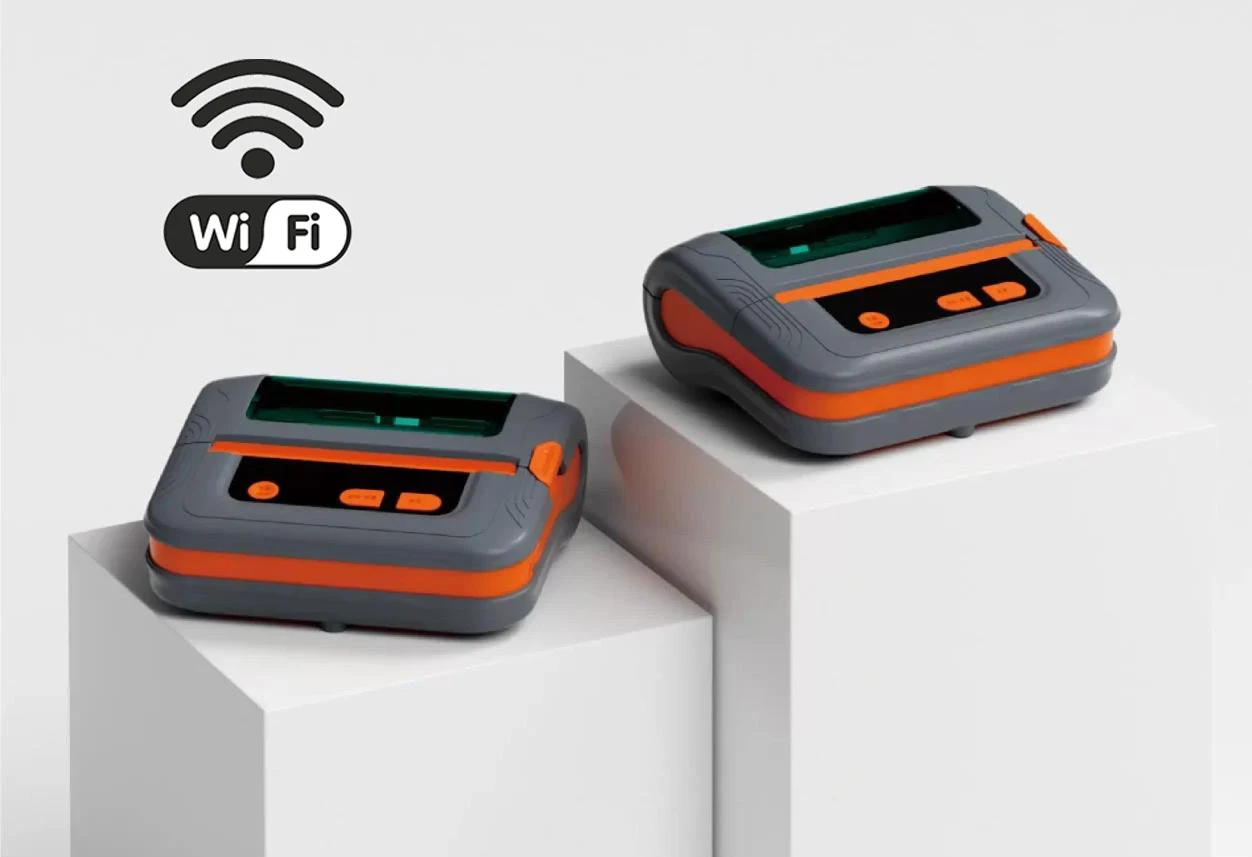
Bluetooth Connectivity: On-the-Go Printing
A short-range wireless connection based on Bluetooth technology, suitable for pairing with portable devices.
Advantages
- Ready to use: No network environment is required, and you can print quickly after pairing.
- Strong privacy: Point-to-point transmission avoids data passing through public networks.
- Low power consumption: Suitable for battery-powered mobile thermal printers and outdoor scenes.
- Application support: Thermal printers with Bluetooth connection usually provide corresponding apps for convenient operation.
Limitations
- Short range (typically around 10 meters)
- Limited to one device connection at a time
Applicable Scenarios
Delivery services, mobile POS machines, exhibition sign-in, and other scenarios that require carrying a thermal printer anytime and anywhere.

| Criteria | USB | Ethernet | Wi-Fi | Bluetooth |
| Stability | Very High | Very High | Medium-High | Medium-Low |
| Transmission Distance | ≤5 meters | ≤100 meters | ≤30 meters | ≤10 meters |
| Multi-device Support | Single device only | Shared via LAN | Shared via router | Single device pairing |
| Deployment Cost | Low | Medium-High | Medium | Low |
| Power Consumption | Low | Medium | Medium-High | Very Low |
| Security | High | High | Medium | Medium |
| Typical Scenarios | Cashier counters, fixed workstations | Enterprise sharing, industrial environments | Wireless offices, smart terminals | Mobile printing, portable devices |
How to Choose According to Needs?
Based on different business and scenario needs, you can choose the best connection method.
Stability and Security First
For security reasons, you should choose USB or Ethernet, and then further choose between the two based on whether there is a need for multi-terminal sharing or long-distance transmission.
Flexibility and Mobility First
- Wi-Fi: wide coverage (≤30 meters), supports cloud printing and multi-terminal sharing, suitable for restaurants, smart offices and other scenarios that require cross-regional collaboration;
- Bluetooth: connect and use, low power consumption (≤10 meters), direct connection with mobile phones/tablets, designed for outdoor or temporary scenarios such as takeaway delivery and mobile signing.
Choose the best wireless solution based on whether you need network dependence or ultimate portability!
Cost and Ease of Deployment
- Low-cost, fast deployment: USB or Bluetooth (no cabling or network configuration required).
- Long-term scalability: Ethernet or Wi-Fi (supports future device expansion).
Conclusion
The right connection option depends on your business size, environment, and workflow requirements. Choosing the right connection method not only helps improve work efficiency, but also ensures that the printing system runs more stably, securely, and efficiently.
About AiYin
AiYin, as a professional thermal printer manufacturer, we offer a range of thermal printers with USB, Ethernet, Wi-Fi and Bluetooth connectivity options. Whether you are setting up a single POS terminal or a multi-device warehouse system, we can provide the right solution to ensure your operations run smoothly.
Discover our range of wholesale thermal printers


